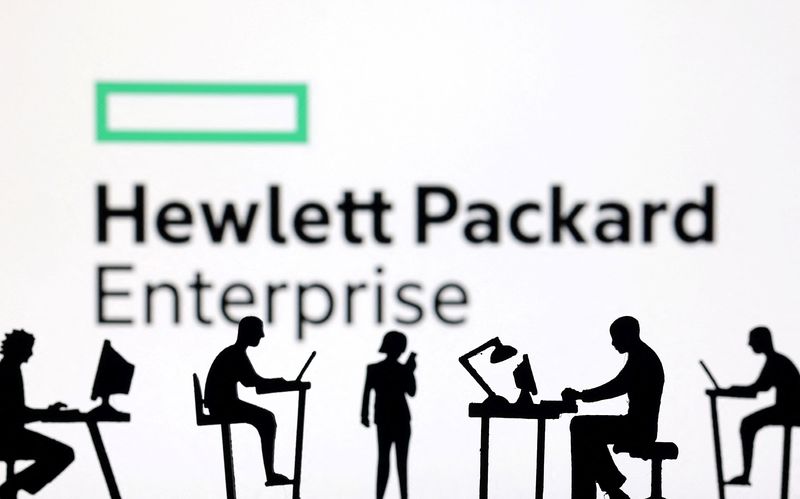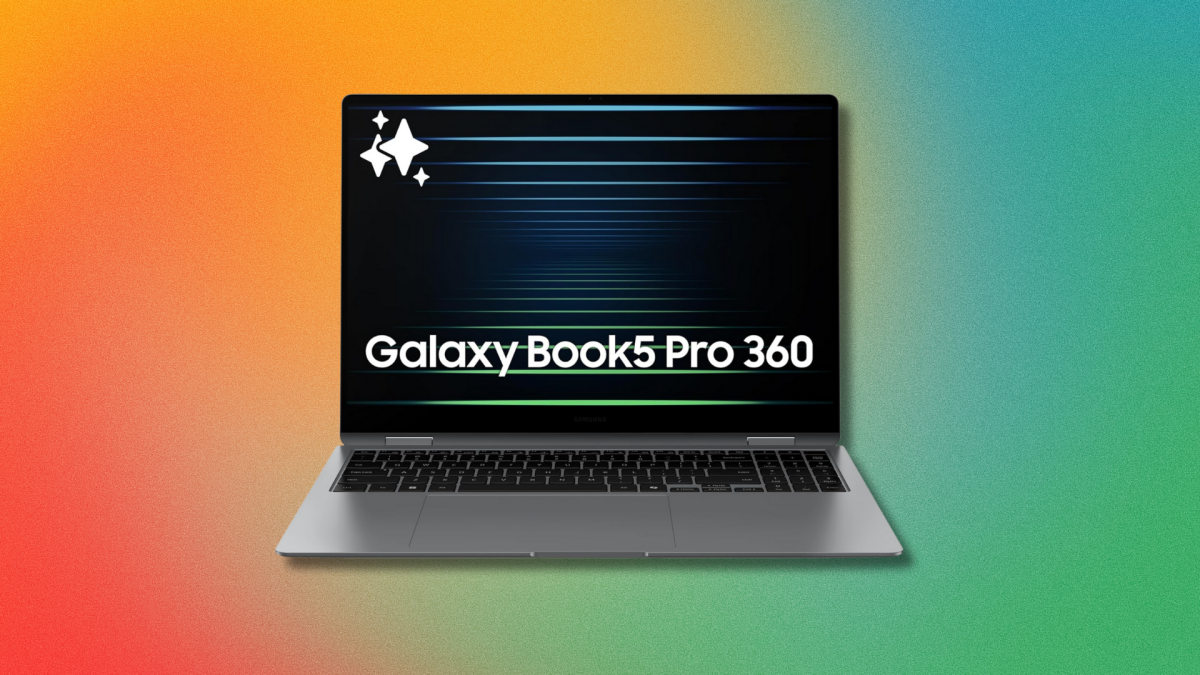By Jamie McGeever
ORLANDO, Florida (Reuters) -TRADING DAY
Making sense of the forces driving global markets
By Jamie McGeever, Markets Columnist
A rebound in U.S. tech stocks lifted the Nasdaq and S&P 500 on Wednesday, but soft U.S. employment indicators kept investors on edge and sparked a rally in Treasuries and gold prices.
More on that below. In my column today, I look at the surprising strength of China’s yuan against the dollar in recent weeks, and argue that it may be part of Beijing’s wider strategy in its trade negotiations with Washington.
If you have more time to read, here are a few articles I recommend to help you make sense of what happened in markets today.
1. From Tokyo to London, bond investor fears over fiscaldiscipline leave markets on edge 2. Fed rate cuts and doubts over independence to keep U.S.dollar under pressure 3. Google’s AI rivals get a boost from data-sharing order,but tech giant far from routed 4. China’s Xi projects power at military parade with Putinand Kim 5. UK budget speculation adds to risks for the economy
Today’s Key Market Moves
* STOCKS: S&P 500 and Nasdaq rise after favorableantitrust ruling for Alphabet. Nasdaq outperforms but Dow,Russell 2000 slip. * SHARES/SECTORS: Alphabet surges 9%, ConocoPhillips-4.4%. Communications sector +3.8%, biggest rise since April;energy -2.3%. * FX: Dollar falls broadly. Biggest decline is a 0.5%slide against Hungary’s forint; in G10 FX space, greenback falls0.4% against sterling and Aussie dollar. * BONDS: European debt remains under pressure butTreasuries rebound. U.S. yields fall as much as 7 bps, curvebull flattens. * COMMODITIES: A new high for gold at $3,578/oz. Oil falls2.5%, biggest fall in a month, as OPEC mulls output hike.
Today’s Talking Points:
* U.S. jobs
This is a huge week for the U.S. labor market, and therefore the Fed. Most observers agree conditions are softening – the disagreement is over how rapidly, whether interest rate cuts are warranted, and if so, when does the Fed act.
Figures on Wednesday showed job openings fell to a 10-month low in July and there were more unemployed people than positions available for the first time since the pandemic. Weekly claims and July ADP private sector jobs data are out on Thursday, before the big one on Friday – August non-farm payrolls.
* ECB
Euro zone price pressures may be a little hotter than expected, with figures this week showing producer inflation in July and consumer inflation in August above forecast. European Central Bank board member Isabel Schnabel told Reuters there’s no need to cut rates.
Schnabel is at the hawkish end of the spectrum, but markets don’t disagree – the ECB is expected to stand pat next week and all of next year. Further rate cut hopes are fading. Could the next move, whenever it comes, actually be a rate hike?
* China flexes muscles
China held its largest-ever military parade on Wednesday to mark 80 years since Japan’s defeat in World War Two, with President Xi Jinping telling the world it must choose between “peace or war, dialogue or confrontation, win-win or zero-sum.” U.S. President Donald Trump called it a “beautiful ceremony”.
The event was designed to flex China’s diplomatic, economic and tech muscle too, not just its military might. As many countries agree to lopsided trade deals with the U.S., the leaders of China, Russia and India are forging closer ties between their nations.
China uses yuan as olive branch in U.S. trade talks
A notable trend this year has been the often-counterintuitive market reactions to U.S. President Donald Trump’s efforts to upend many long-held economic norms. One of the biggest surprises has been the appreciation of China’s yuan.
The consensus opinion at the start of the year was that Beijing would counter Washington’s punitive tariffs on Chinese imports by depreciating the yuan against the dollar. This would keep Chinese goods competitive, enabling the country’s exporters to compensate for any loss of U.S. business.
On top of that, a weaker exchange rate would, in theory, help to reflate China’s economy, pulling it out of the deflationary funk it has been in since its property bubble began to burst in 2021.
And, finally, a weaker yuan would be a poke in the eye to Washington. A key pillar of the Trump administration’s economic agenda, articulated most artfully by adviser Stephen Miran and Treasury Secretary Scott Bessent, is a weaker dollar.
But Beijing surprised everyone.
The yuan did slide to an 18-year low around 7.350 per dollar during the chaos of Trump’s April 2 ‘Liberation Day’ tariffs. And combined with low domestic inflation and even deflation in recent years, the yuan’s broad ‘real’ effective exchange rate (REER) is the weakest in over a decade.
But since April, it has reversed course rapidly against the dollar, trading last week at a 2025 high of 7.1260 per dollar.
Indeed, measured by the People’s Bank of China’s official daily fixings or offshore market trading, the yuan just posted its biggest monthly gain against the greenback in almost a year.
These big moves can partly be explained by strong capital inflows. The Shanghai Composite equity index is at a 10-year high, boosted by record net inflows from hedge funds in August. And even though China’s trade surplus with the U.S. may be shrinking, its global surplus in the first seven months of the year hit a new record.
That’s a recipe for a stronger exchange rate.
GOOD FAITH
But with a currency as tightly controlled as the yuan, market dynamics are not the whole story.
The appreciation appears to be a deliberate policy choice by Beijing, potentially hinting at its broader strategy in combating Trump’s tariffs.
On a basic level, this doesn’t make sense. Given the deflationary pressures still weighing on the Chinese economy, why do authorities appear to be actively pursuing a stronger exchange rate?
But when viewed as a negotiating tactic, the logic starts to become clear. The Trump administration has explicitly stated that it wants a weaker dollar – not a ‘weak dollar’, mind you – but a currency level that would make U.S. exports more attractive. And Beijing can help deliver this, especially given that China’s currency acts as an anchor for other regional exchange rates.
Thus, the yuan’s appreciation against the dollar indicates that – despite China’s show of force this week – Beijing is still willing to negotiate with Washington.
‘ANTI-INVOLUTION’
China may also want a firmer exchange rate to help ease some domestic concerns, namely sluggish consumption.
The economic data coming out of China will do little to support consumer sentiment or domestic demand: the latest headline manufacturing PMI data was soft, new orders are declining, and construction has contracted at its fastest rate since the pandemic.
President Xi Jinping is clearly taking this seriously. He has pledged to take steps to boost domestic consumption and technological innovation, while supporting small firms. And he has also spoken about breaking the cycle of “involution”, a term now widely used for excess competition and overcapacity.
An appreciating yuan should help these efforts because, as all else being equal, a stronger currency should boost domestic demand.
The yuan’s recent rise against the dollar is thus “a policy push, not a market pull,” as Goldman Sachs analysts neatly put it.
And given the foreign and domestic concerns China currently faces, investors should not be surprised if Beijing keeps pushing the currency higher, at least until the latest U.S.-Sino tariff truce expires in November. A stronger yuan may be one olive branch Beijing is still willing to offer.
What could move markets tomorrow?
* Australia trade (July) * Malaysia interest rate decision * Euro zone retail sales (July) * Canada trade (July) * U.S. trade (July) * U.S. services ISM (August) * U.S. ADP private sector employment (August) * U.S. weekly jobless claims * U.S. Senate Banking Committee hearing on Stephen Mirannomination to Fed Board of Governors * Federal Reserve officials scheduled to speak include NewYork Fed President John Williams, Chicago Fed President AustanGoolsbee
Want to receive Trading Day in your inbox every weekday morning? Sign up for my newsletter here.
Opinions expressed are those of the author. They do not reflect the views of Reuters News, which, under the Trust Principles, is committed to integrity, independence, and freedom from bias.
(By Jamie McGeever; Editing by Nia Williams)








